Foraging
Simple & Easy Tree Identification Guide
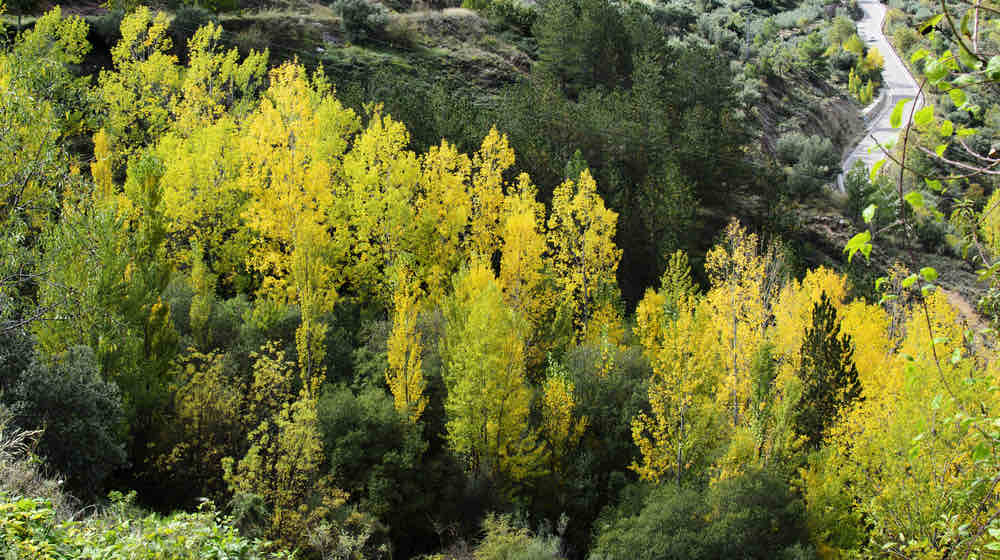
Knowing how to sort through different trees would help you identify which species to rely on for food, shelter, and survival tools, among others. Tree identification is a crucial skill every survivalist should have.
RELATED: 20 Edible Wild Plants You Can Forage For Survival
5 Tree Identification Tips Every Survivalist Should Know
1. Familiarize Yourself With the Common Tree Shapes
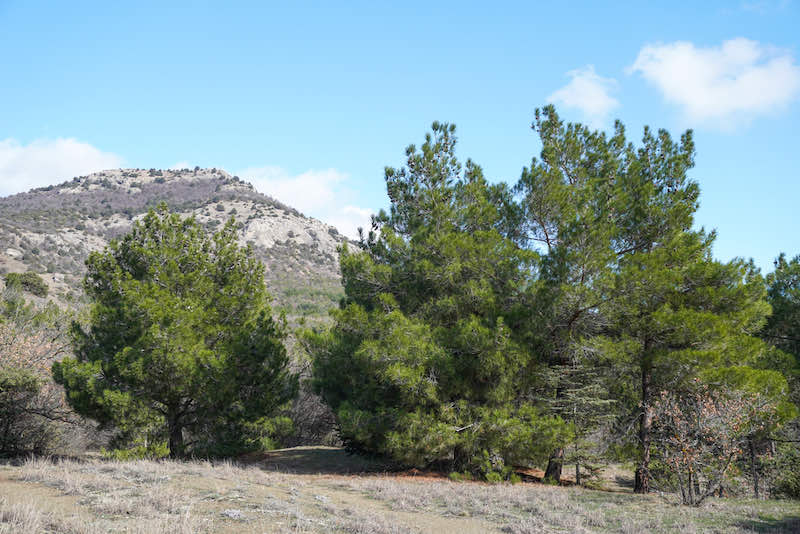
The simplest way to tell different trees apart is to familiarize yourself with what they look like. Knowing the shape, size, and form of different tree species comes before understanding the specific details of different trunks and leaves.
In most cases, you'd be able to tell a lot about a tree just by the way they look. Check their height, trunk diameter, leaf color, and fruit produce.
2. Check the Leaf Type, Shape, and Pattern
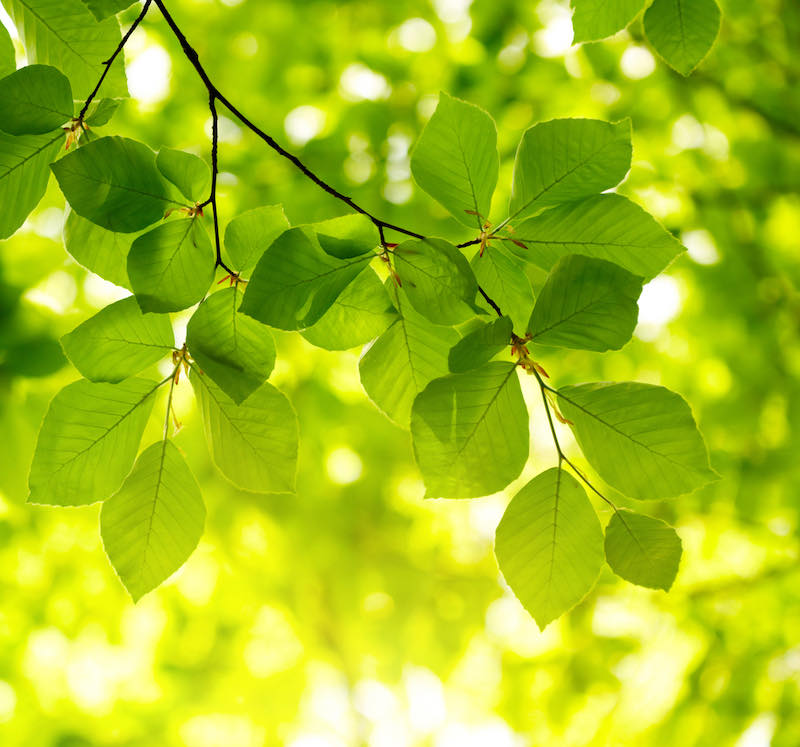
You might notice that some tree species have the same general appearance. In cases like these, opt for tree identification by leaf. You'd be surprised by how much you can tell about a plant just by examining its leaves for a bit. Make sure to check the following characteristics:
- Shape: Most leaves would have either an oval, round, heart, circular, or triangular shape.
- Texture: Run the leaves through your hands to see if it has a rough, smooth, jagged, or even fuzzy texture. Note, however, that some leaves might yield allergic reactions, so don't be too quick to touch unusual-looking plants.
- Color: Green leaves are often a good indicator of tree health.
3. The Bark Indicates Tree Age
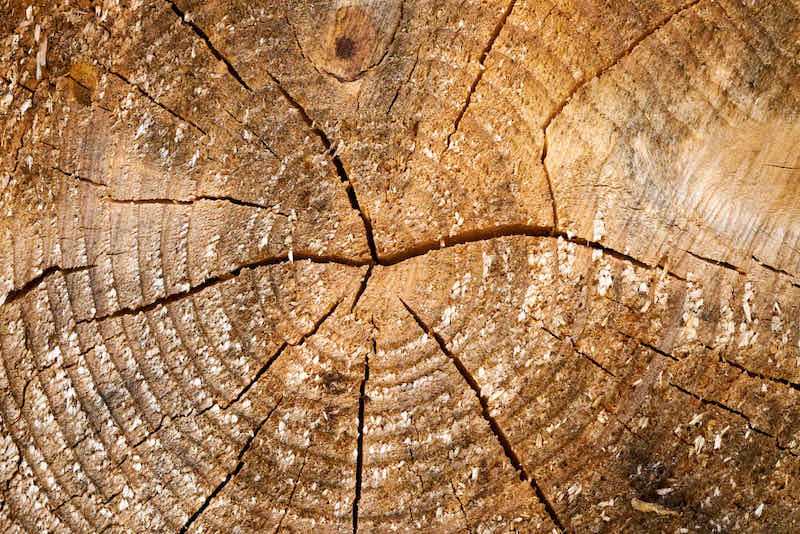
In most cases, you can tell how old or young a tree is based on its physical appearance.
A young, small sapling that's just beginning to emerge from the ground obviously doesn't have the resources you need, while an old, withered tree with thin branches and dried-out leaves won't be of much use as well. Ideally, look for mature trees that have fully developed.
If you're curious about a tree's specific age, however, you can go with tree identification by bark tactics. The chemical makeup of a tree—or any plant, for that matter—changes. Signs of aging will show in various parts, from the tree leaves down to the roots, but the trunk would be the first one to change.
For example, if you're looking at a silver maple, you'll notice that it'll have a smooth-textured silver trunk during its youth. This will transition to a dark-gray, wrinkled trunk as it ages, however.
RELATED: 5 Primitive Cooking Methods
4. Check Leaf Buds and Twigs During the Winter
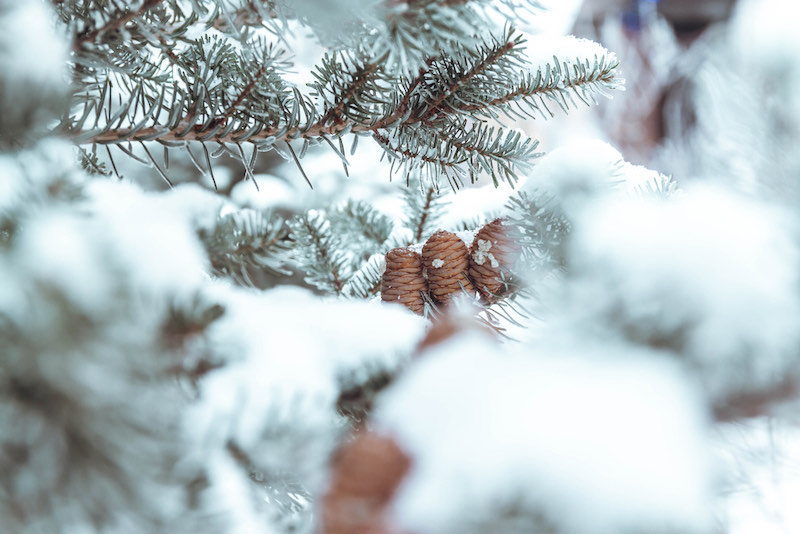
Tree identification during the winter can be quite challenging since most leaves are dead and the branches are covered in snow. What you can do instead is refer to the twigs and buds.
For the buds, you can refer to their shape, color, and size. On the other hand, a good identifying trait to check for in twigs is their texture. See if the surface is fuzzy or smooth.
5. Know Which Trees to Be on the Lookout For
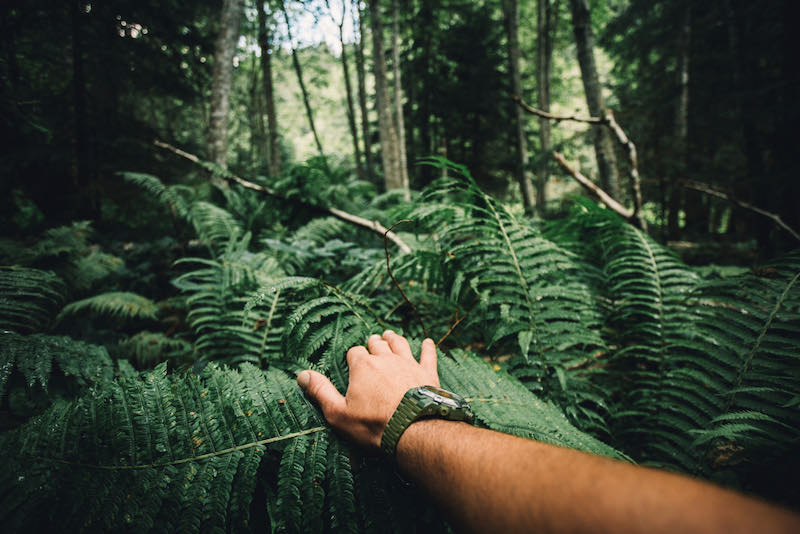
Being able to distinguish between hundreds of different trees is impressive, but it's not essential for preppers and survivalists to achieve that level of knowledge. The overall goal is survival. Rather than memorizing the characteristics of dozens of tree species, familiarize yourself with a handful of options that have practical survival uses, these include:
Best for Starting Fires and Finding Water Sources: American Basswood (American Linden)
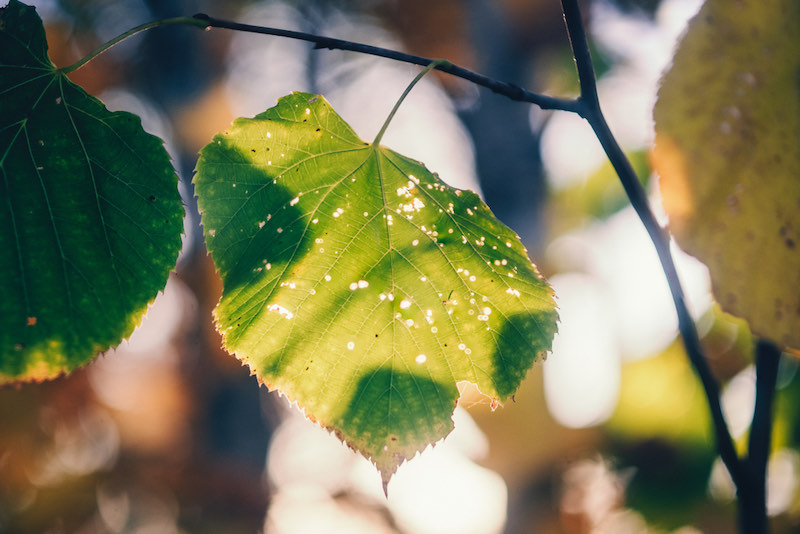
The American basswood is quite common in many U.S. forests. They thrive in moist, damp areas, so you'll likely find these growing near creeks, rivers, ponds, and streams, among other bodies of water.
You can tell you're looking at an American basswood if you see heart-shaped leaves with serrated edges that look somewhat like a saw. These trees' buds have a deep, dark-red color.
American basswood trees are a great source of softwood. You can use their bark to carve bow drills, hearth-boards, and other friction-based fire-starting tools.
Their leaves are also edible, so you can eat them if you find yourself in a pinch. Although, we wouldn't recommend relying solely on these since they don't offer much nutritional value. It's best to forage for other food items as well.
Excellent Overall Source of Food and Survival Tools: White Oaks
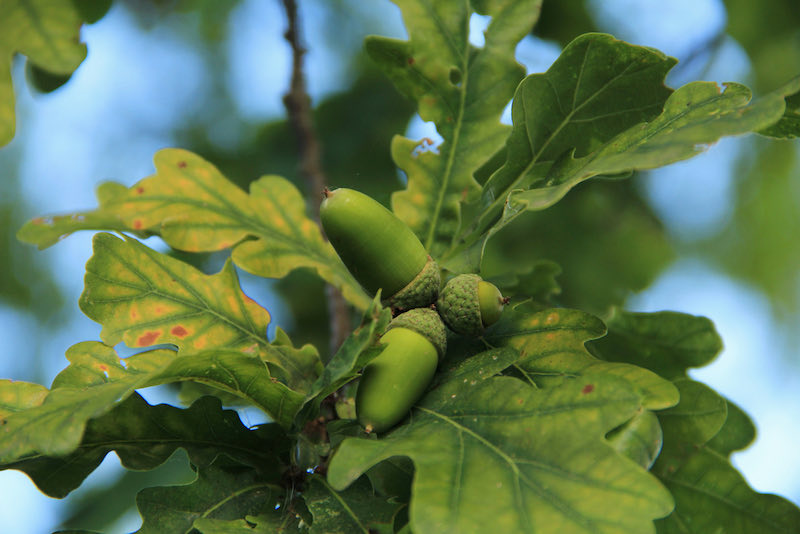
White oaks are impossible to miss. These are massive trees that can easily grow up to a hundred feet tall and have a four-foot thick diameter. Plus, if it's summer, you'll spot a lot of acorns around.
Stick close to white oaks. They're very versatile trees that offer an abundance of survival uses. First, the acorns they produce can be used as flour once you leach out the tannic acid.
Secondly, squirrels love white oak acorn. We suggest learning how to cook, clean, and prepare these types of animal meat so you'll have something to go with your acorn bread.
Lastly, white oak is an excellent source of hardwood. You can use their bark to carve out items such as daggers, digging sticks, ax handles, and even shelter framework foundation.
Ideal Source of Survival Medication: Willow Tree
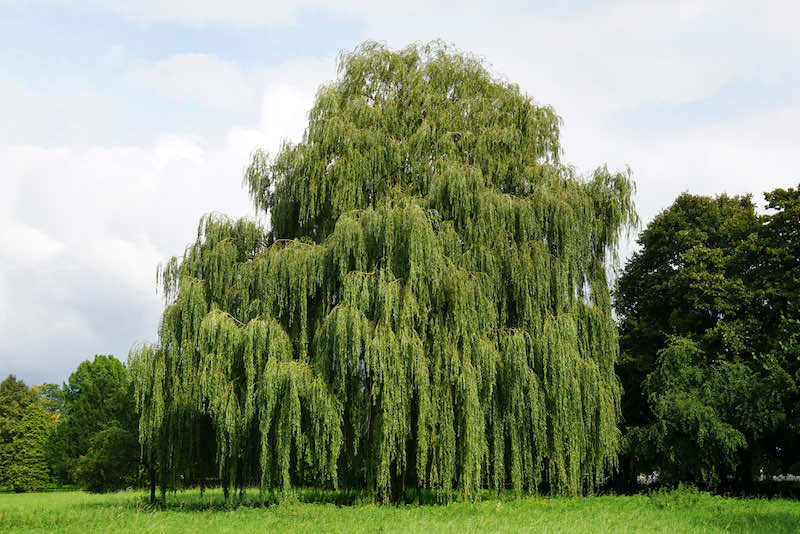
Similar to American basswoods, willow trees thrive in moist areas, so there's a good chance you'll see these trees growing near bodies of water such as rivers and streams.
You'll know you're looking at a willow tree by checking the leaves. These trees have narrow, slender, lance-shaped leaves that grow in thick clusters on multiple branches. They tend to droop down because of their shape and weight.
Willow trees have multiple uses, but what sets them apart from any other tree is their salicin-infused bark. Salicin has anti-inflammatory properties you can use to alleviate the symptoms of joint pain, migraines, and menstrual cramps, among others. Think of salicin as nature's aspirin.
Check out this video by Wood by Wright where they share their most useful tree identification tips and tricks:
Every prepper and survivalist should look into tree identification. Contrary to popular belief, it's not something limited to those who are into gardening and planting. Remember: understanding the basic differences between various plants can spell the difference between surviving on bark-based tools and tree-sourced fruits versus starving to death.
You don't have to become a botanical genius, but at least familiarize yourself with the trees commonly found in your area. This information is crucial to sorting through which ones you can use for food, shelter, and tool building.
[poll id=”7″]
Do you have any other tricks on how to sort through the different tree species? Share your tree identification tips with us in the comments section below!
Up Next:
- How To Melt Snow For Survival | 5 Ways
- How To Have Potable Water Anywhere | Emergency Preparedness
- 10 Preps For Post Election Chaos You NEED NOW
Calling all preppers, craftsmen, bushmasters, outdoorsmen, and all around skilled people, Survival Life needs YOU! Click here if you want to write for us.
Don’t forget to stay connected with us on Facebook, Twitter, Pinterest, and Instagram!
-

 Paracord Projects1 year ago
Paracord Projects1 year agoParacord Projects | 36 Cool Paracord Ideas For Your Paracord Survival Projects
-

 Paracord Projects2 years ago
Paracord Projects2 years agoHow To Make Paracord Survival Bracelets | DIY Survival Prepping
-

 Medical Care1 year ago
Medical Care1 year ago21 Home Remedies For Toothache Pain Relief
-

 Knife Laws1 year ago
Knife Laws1 year agoAre Switchblades Legal? Knife Laws By State
-

 Do It Yourself2 years ago
Do It Yourself2 years agoSurvival DIY: How To Melt Aluminum Cans For Casting







You must be logged in to post a comment Login